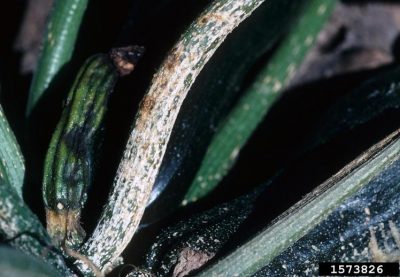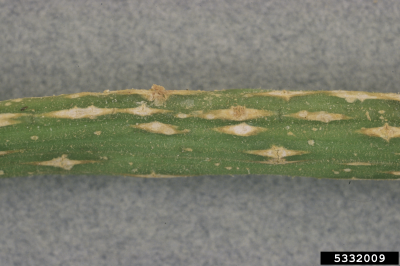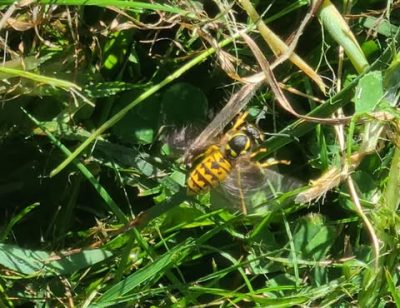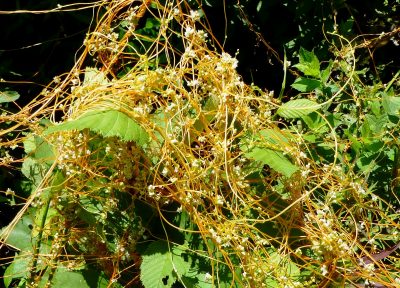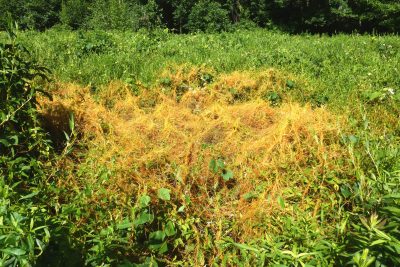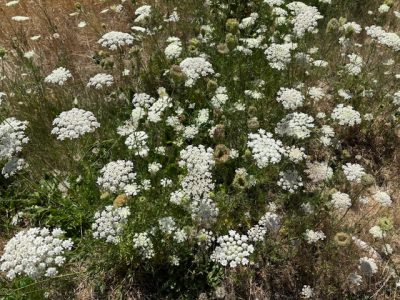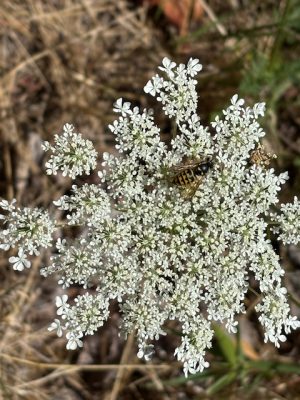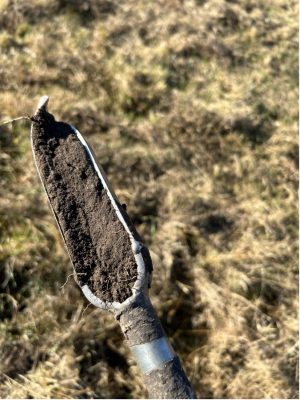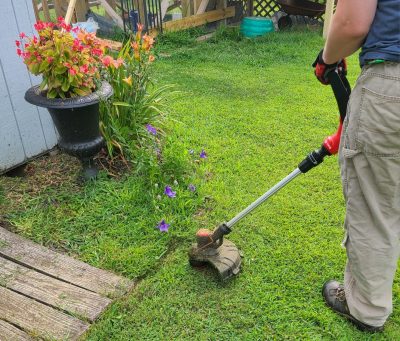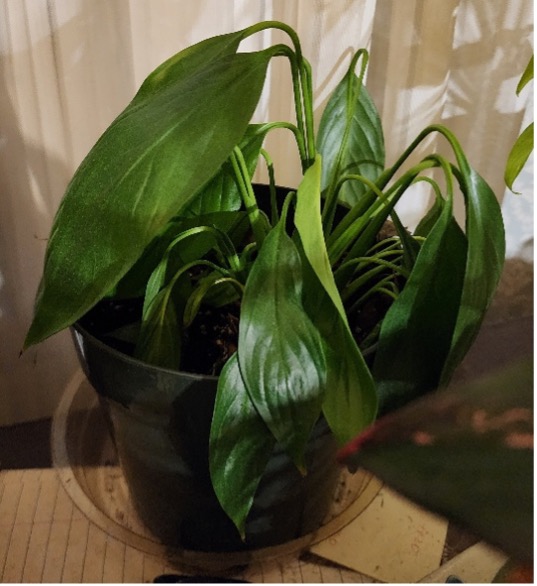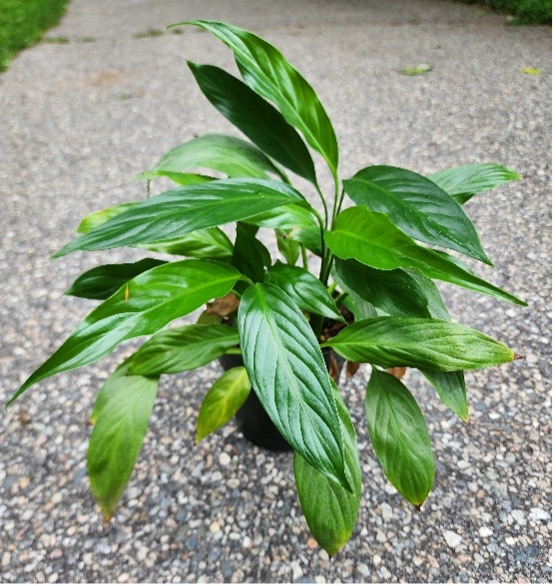By Heather Zidack, UConn Home & Garden Education Center
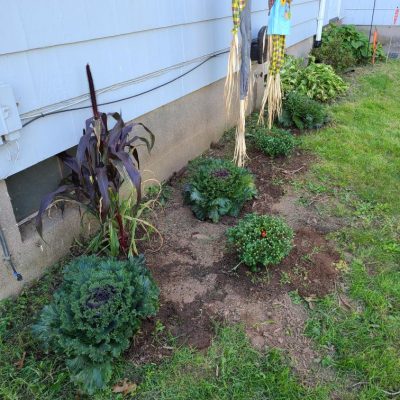
By September, many of our ornamental garden beds and containers are ready for a refresh. Fall annuals help us bring color and vibrancy back into the garden while we still can enjoy the outdoors. The classic go-to for many gardens is the traditional chrysanthemum. These rotund, uniform little plants come in many different colors, various flower shapes, and a wide range of blooming periods from the end of August until the end of October. For extended color, it is often recommended to plant a mix of early, mid, and late season mums to ensure that color will last throughout the autumn. Alternatively, gardeners can mix mums with other types of annuals and perennials to extend their season of color and build a textured, multi-dimensional garden display.
A unique challenge with fall annuals is that they do not grow as vigorously as spring and summer annuals. In terms of size, oftentimes the plant you purchase is the plant you will see in your garden for the remainder of the season. It is important to purchase your plants with this in mind. Fill your space densely and don’t hold as much space for plants to “grow into.”
Large, full ornamental grasses like Pennisetum ‘Rubrum,’ Pennisetum ‘First Knight,’ or varieties of Millet will take up a lot of space and add height and an airy texture to your annual display. If working in a container, add these giants to the middle of your planters and work your way outwards with other annuals.
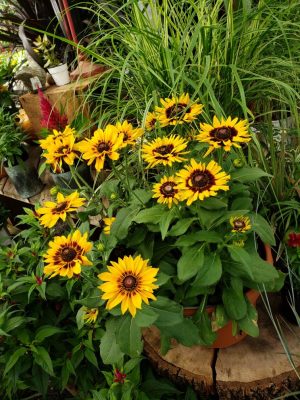
Varieties of Rudbeckia hirta, like the ‘Toto’ series can take up a large space and have an open habit and less uniformity when compared to the traditional mum. Echibeckia (Rudbeckia x Echinacea hybrids) also do a great job of filling the space. Autumn is their time to shine and shine they do! Some of them may be hardy to Zone 6 but always check the variety and plant label to know if they have a chance of survival.
We’re always looking to get more for our money. Don’t let your fall garden spruce up be any different this season! Garden perennials that are currently in bloom, like Rudbeckia, Sedum, or Asters can be purchased and planted in containers for fall display. When they start to wind down, re-plant them somewhere in the garden before the ground freezes for a chance of coming back next season. Who doesn’t love a multi-purpose purchase?
Many of us think of pansies and violets as spring flowers. However, they are gaining more traction in the world of ornamental horticulture as an autumn accent plant. These tiny flowers are already adapted to warm days and cool nights, and come in a wide range of colors for every gardener to enjoy. If you’re lucky, they’ll drop seeds and pop back up again in the springtime!
Annuals like Nemesia and Snapdragons are well adapted to our autumn temperatures and will produce flowers well into the autumn season, though may need frost protection to keep flowers beautiful.
One of the risks we take with flowering annuals in the autumn is the risk of frost damaging flowers before their time. When frosts are expected, it is important to cover plants to preserve flowers. If you find this is a lot of work, let me introduce you to ornamental kale and cabbage. A symbol of a bountiful harvest, these plants naturally lend themselves to an autumn display and can last far beyond their flowering counterparts. In fact, the colder they get, the more vibrant their foliage becomes!
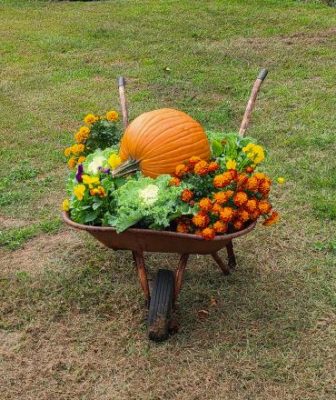
Again, using perennials in fall displays, lends itself to solving this problem. As hardy plants, they are able to adapt to cooler nights and light frosts. This works well with foliage plants like Heuchera, or hardy ferns, that do not need additional frost protection to survive.
To add the finishing touches to your display, consider adding pumpkins, hay bales, or even a home-made scarecrow! Your fall garden will be the envy of the neighborhood!
The UConn Home & Garden Education Center supports UConn Extension’s mission by providing answers you can trust with research-based information and resources. For gardening questions, contact us toll-free at (877) 486-6271, visit our website at homegarden.cahnr.uconn.edu, or reach out to your local UConn Extension center at cahnr.uconn.edu/extension/locations.
This article was published in the Hartford Courant September 27, 2025


